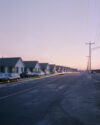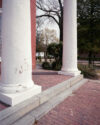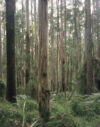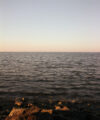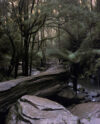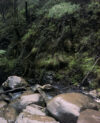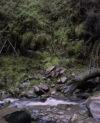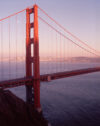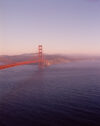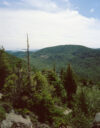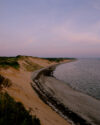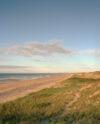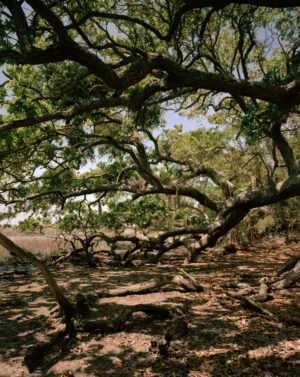Purchasing


Printing
I print bespoke images for purchase. Every image is printed to the highest standard on the most archival products available, and I work with you to size the piece for your space. My work is especially good for large spaces typically found in corporate and public buildings. I often work with private individuals as well.
When thinking about purchasing one of my images, it is important to understand that each panoramic photograph is composed of multiple individual photographs that align to make the overall image. The final piece is typically a set of prints that are framed individually and hung in sequence on a wall.
Sometimes, I print a section of pieces from one of my larger panoramas in order to fit a space. For example, a project may require three out of five pieces, or perhaps five out of seven pieces. It all depends on the project and the buyer.
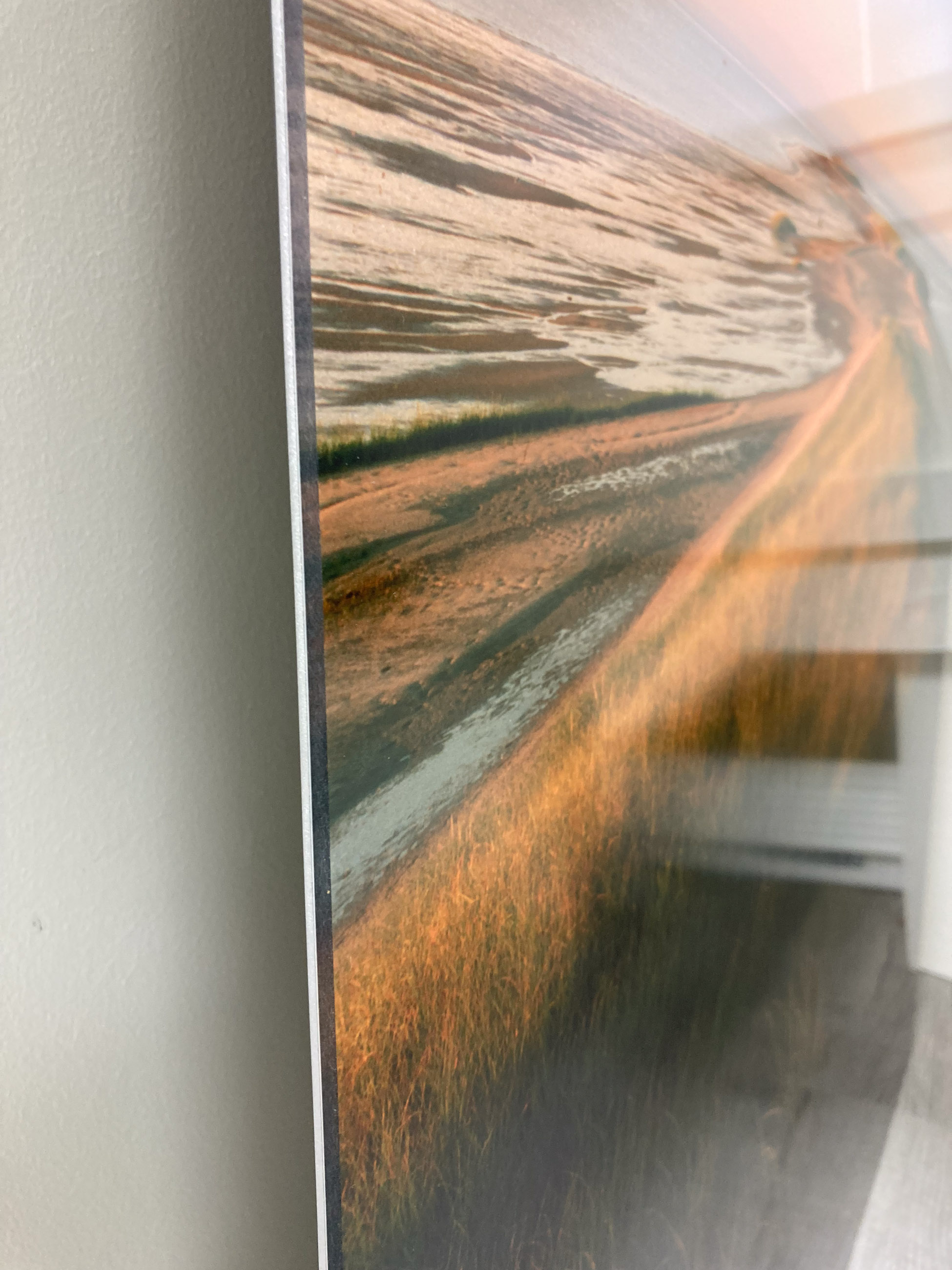
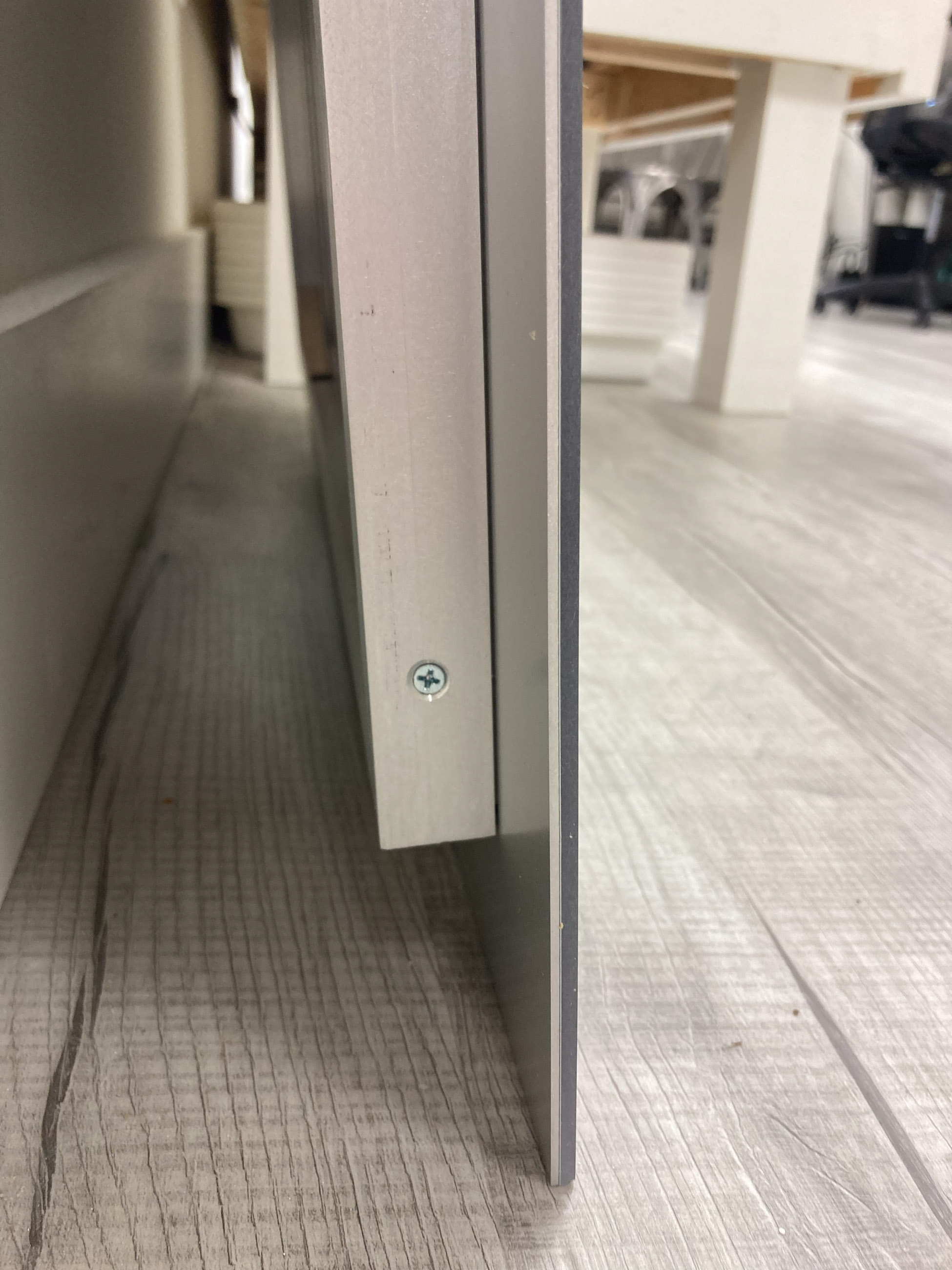

Presentation
I generally do not get involved with framing with the exception of face-mounted prints. Archival framing is an art of its own, and you should work with a dedicated framing professional. I will produce face-mounted pieces as long as the delivery can be made to work.
Face-mounted prints are frameless, and I use an excellent vendor with a standard process and set of materials. I am happy to talk about face-mounted prints if you are curious to learn more. Face-mounting is a beautiful presentation of my work.
Commissions
I will make works on commission. Just about anything is possible!






